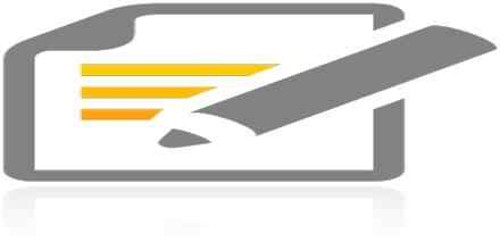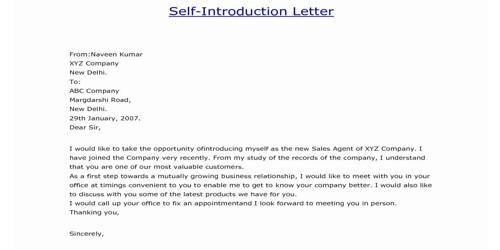Cloud computing security refers to a comprehensive range of rules, technologies, applications, and controls used to safeguard virtualized IP, data, applications, services, and the associated cloud computing infrastructure. It is a subdomain of computer security, network security, and, more broadly, information security.
Cloud computing, which involves the supply of various computing services via the internet, has grown in popularity due to its scalability, flexibility, and cost-effectiveness. However, it poses new security concerns and considerations that must be addressed to protect the confidentiality, integrity, and availability of data and services.
Here are some key aspects of cloud computing security:
- Data Encryption: Data encryption at rest and in transit is critical for cloud security. Customers should make use of the encryption options offered by cloud service providers. Even if a breach happens, encryption can help safeguard data from unauthorized access.
- Identity and Access Management (IAM): Who gets access to your cloud resources is controlled by IAM. It is critical to manage user identities and permissions properly to ensure that only authorized persons may access and alter cloud resources.
- Multi-Factor Authentication (MFA): By requiring users to give more than one way of authentication, such as a password and a one-time code sent to their mobile device, MFA offers an additional layer of security.
- Security Groups and Firewall Rules: Configure security groups and firewall rules to control inbound and outbound traffic to your cloud resources. This helps prevent unauthorized access and network attacks.
- Vulnerability Management: Regularly scan your cloud infrastructure for vulnerabilities and apply patches and updates promptly to mitigate potential security risks.
- Logging and Monitoring: Implement real-time logging and monitoring technologies to detect and respond to security problems. For this purpose, cloud providers provide services such as CloudWatch (in AWS) and Azure Monitor (in Azure).
- Incident Response: Create an incident response strategy outlining how you handle security problems such as data breaches or service outages. This plan should be tested and updated on a regular basis.
- Shared Responsibility Model: Understand the shared responsibility model, which outlines the cloud provider’s and the customer’s security responsibilities. Depending on the cloud service paradigm (IaaS, PaaS, or SaaS), the specific tasks may differ.
Compliance and Regulations
Ensure that your cloud deployment complies with industry-specific regulations (e.g., HIPAA, GDPR) and standards (e.g., ISO 27001). Cloud providers may offer compliance certifications for their services.
- Create robust backup and disaster recovery plans to ensure data availability in the event of data loss or service disruptions.
- Assess the security measures of third-party applications and services you use in your cloud environment. Make sure they meet your security standards.
- Be mindful of where your data is stored, and ensure that it complies with regional and international data residency and privacy regulations.
- Use automation tools to enforce security policies and best practices consistently across your cloud environment.
Cloud computing security is a continual process that necessitates constant monitoring and adapting to emerging threats and technology. To adopt effective security measures, it is critical to stay up to date on the newest security advances and to collaborate closely with your cloud service provider.
















